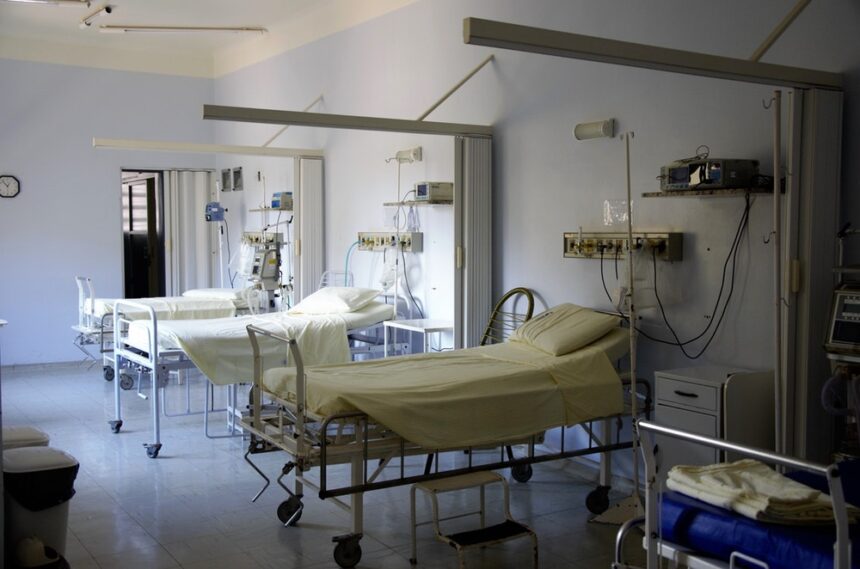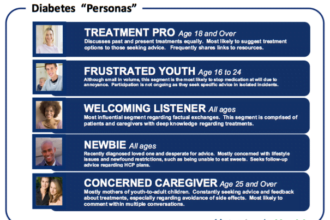You’ve heard it from patients time and again: when hospitalized, they just can’t sleep. And the problem isn’t their own anxiety or the restlessness of illness, but rather that the environment of the hospital is actively disruptive. Whether it’s vitals checks or the sound of alarms, nothing about inpatient treatment is peaceful.
Though, of course, some of these annoyances are unavoidable, your role as doctors, nurses, or hospital administrator is to reduce these disruptions as much as possible. Patients who get better rest heal more quickly and suffer fewer complications during their hospitalizations.
It’s time to introduce these 4 proven modifications in the service of improved care.
Minimize Noise
Noise is one of the biggest complaints among hospital patients and also one of the easiest things to change about the environment. For example, while there are some alarms that are absolutely necessary, by adding an alarm at the nurses station, the overall volume of each alarm can be reduced.
By reducing the volume of individual alarms, keeping patients’ doors closed, and using sound dampening materials in the ceiling and walls, patients are less likely to be woken during the night because of someone else’s emergency. Also, be aware of other environmental noise, such as beeping monitors, and turn off the sound on as many as possible.
Finally, some hospitals are experimenting with the use of volume monitors in hallways and at nursing stations. These monitors light up when ambient volume exceeds 45 decibels, or the sound of average household conversation. Staff should be encouraged to socialize in lounges or other isolated areas during night shifts so as to minimize noise on the wards.
Dim The Lights
Light plays an important role in sleep/wake cycles, no matter where we are, but in the hospital patients may not experience much darkness. That’s because hallway lights are always on, monitors glow, and staff come in to take vitals, draw blood, and perform other tests. Additionally, hospitals are regularly located next to brightly lit parking lots and roads and these exterior lights can also disrupt sleep.
In order to reduce nighttime light exposure, hospitals should install blackout curtains in patient rooms. Blackout curtains block exterior light and also muffle noise, providing added benefits in noisy hospital settings. By drawing the blackout curtains at the same time each night, patients can help maintain regular circadian rhythms and sleep more soundly.
Of course, during the day patients should make an effort to get some natural light, either by sitting near a window, taking a walk on the grounds, or even sitting near a sunlight-imitating light. Nursing staff should facilitate natural light exposure as part of the process of regulating melatonin production and stabilizing the sleep cycle.
Shift The Schedule
There are countless sources of light and noise disrupting hospitalized patients’ sleep, but one of the most egregious is nighttime testing. In fact, in a Cleveland Clinic patient survey, patients cited vitals checks and blood draws as the main sources of sleep disturbance. Obviously, these tests are important, but why are they done in the middle of the night?
A closer examination reveals that patients are regularly woken for vitals and tests because of rigid scheduling or rounds schedules, but that doesn’t mean these disruptions can’t be minimized. For example, if a tech needs to wake a patient for a blood test, nurses should consider moving vitals to that same time, even if it’s off schedule. Then the patient will be able to sleep for a longer period of time before they’re next disturbed. Even one less nighttime interruption can make a big difference in healing.
Consider Comfort
Finally, many patients sleep poorly while hospitalized specifically because they’re uncomfortable, and many cite the mattress as a key problem. When patients sleep on an uncomfortable mattress, they can experience poor skeletal alignment, leaving them tired and achy in the morning. Orthopedists, physical therapists, and other staff specializing in musculoskeletal health may be able to help patients find optimal positions, whether sleeping or lying in bed.
Another cause of discomfort among hospital patients is monitor wires. Patients with neurological injuries or illnesses are often hooked to numerous sensors that monitor their brainwaves, making it impossible for them to find a comfortable sleep position. They report getting as little as 5 hours of sleep per night while hospitalized and this can cause delirium, confusion, and memory issues; it can also significantly delay healing among neurology patients.
Whenever possible, doctors should consider reducing overnight monitoring, isolating it for use in sleep studies, or modifying the sensors used for greater comfort. As it stands, the current readings are likely inaccurate or altered due to insufficient rest.
The hospital should be a place where patients can rest, but because of invasive technologies, monitoring practices, and normal ambient disruptions found in 24-hour settings, it’s often the worst possible place to sleep.
It’s time for hospitals to address sleep as they have addressed hospital-acquired infections and maternal deaths in the past: as a serious threat to patient health that is largely caused by staff practices.








